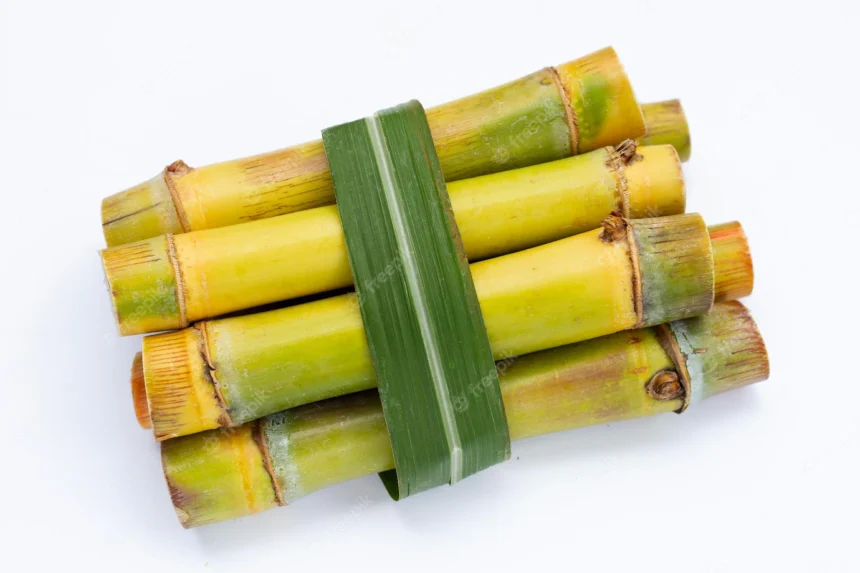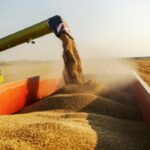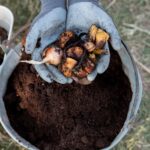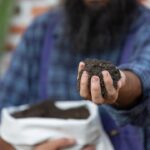Red rot is a fungal disease that affects sugarcane crops. It is caused by the pathogen Colletotrichum falcatum. Here are some symptoms of red rot that you should look out for in sugarcane:
- Red discoloration: The most characteristic symptom of red rot is the appearance of reddish-brown discoloration on the internodes (sections between nodes) of sugarcane stalks. This discoloration usually starts at the base of the stalk and gradually moves upward.
- Internal decay: Red rot affects the internal tissues of the sugarcane stalks. If you cut open an infected stalk, you may observe a reddish-brown decay extending from the infected internodes. The decayed tissue may be soft, spongy, or stringy.
- Lesions on leaf sheaths: Red rot can also cause lesions on the leaf sheaths near the nodes. These lesions are usually reddish-brown and may have a sunken appearance. They can sometimes extend to the leaf blades.
- Drying and withering: Infected sugarcane plants may exhibit drying and withering of leaves. The leaves may turn yellow or red, and eventually, the whole plant can wilt.
- Stalk breakage: Red rot weakens the stalks, making them susceptible to breakage. Infected plants may show a higher incidence of stalk breakage compared to healthy plants.
- Red spore masses: In advanced stages of the disease, you may find red spore masses (acervuli) on the surface of infected stalks, leaf sheaths, or other plant parts. These spore masses can be seen as tiny dots or pustules.
It’s important to note that symptoms of red rot can vary depending on the severity of the infection and environmental conditions. If you suspect red rot in your sugarcane crop, it is recommended to consult with local agricultural extension services or plant pathologists for accurate diagnosis and appropriate management strategies.
Join 'Farmers Mag' WhatsApp Channel
Get the latest Farming news and tips delivered straight to your WhatsApp
CLICK HERE TO JOIN






